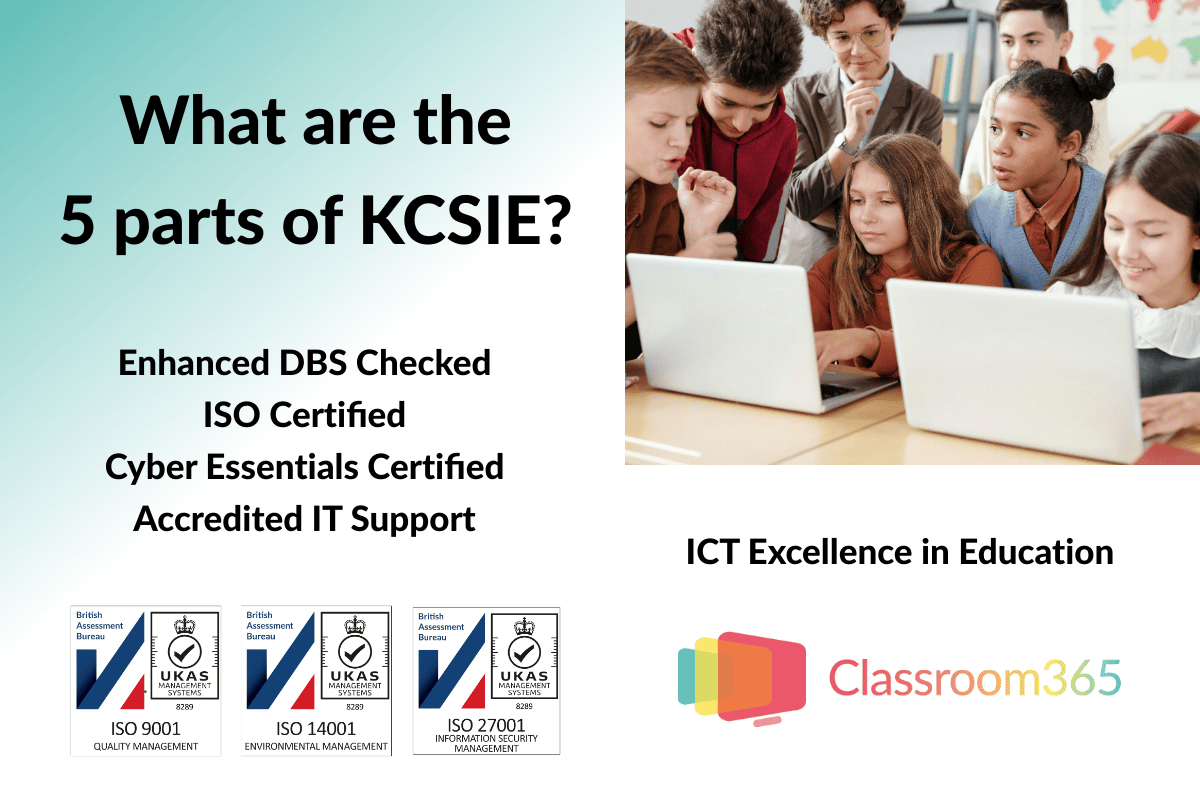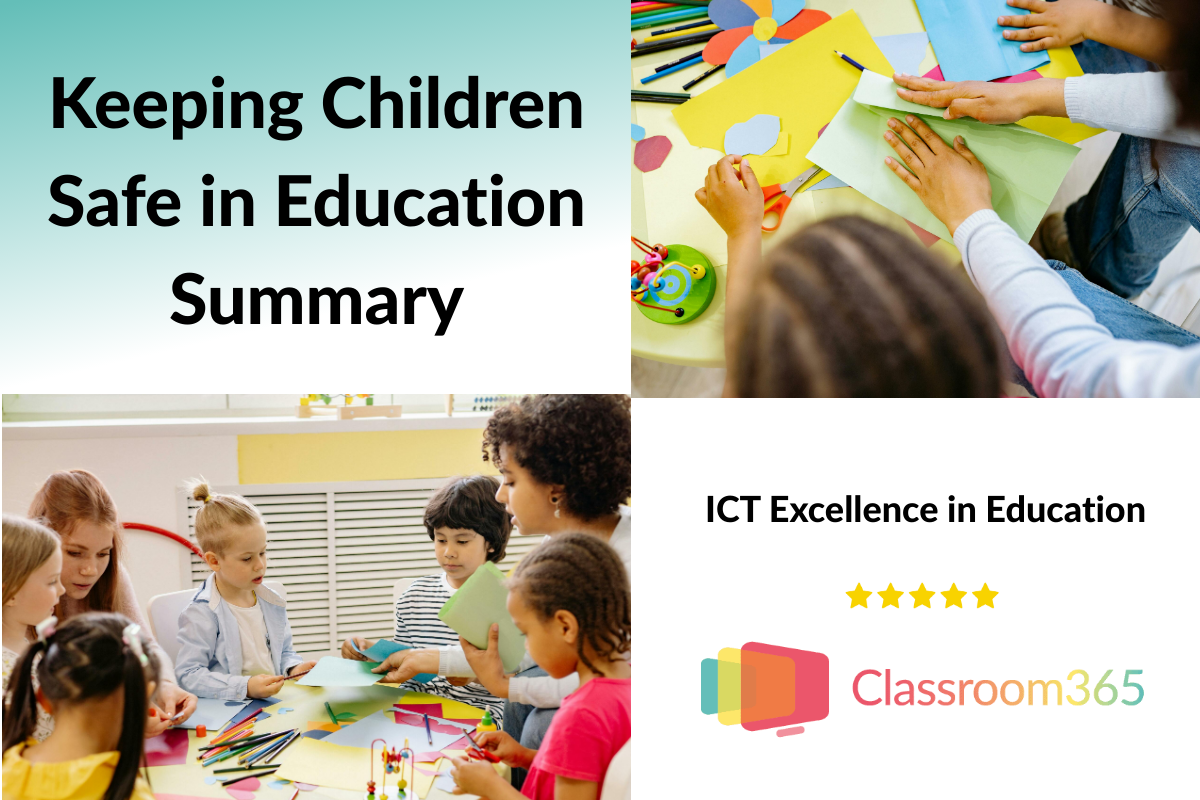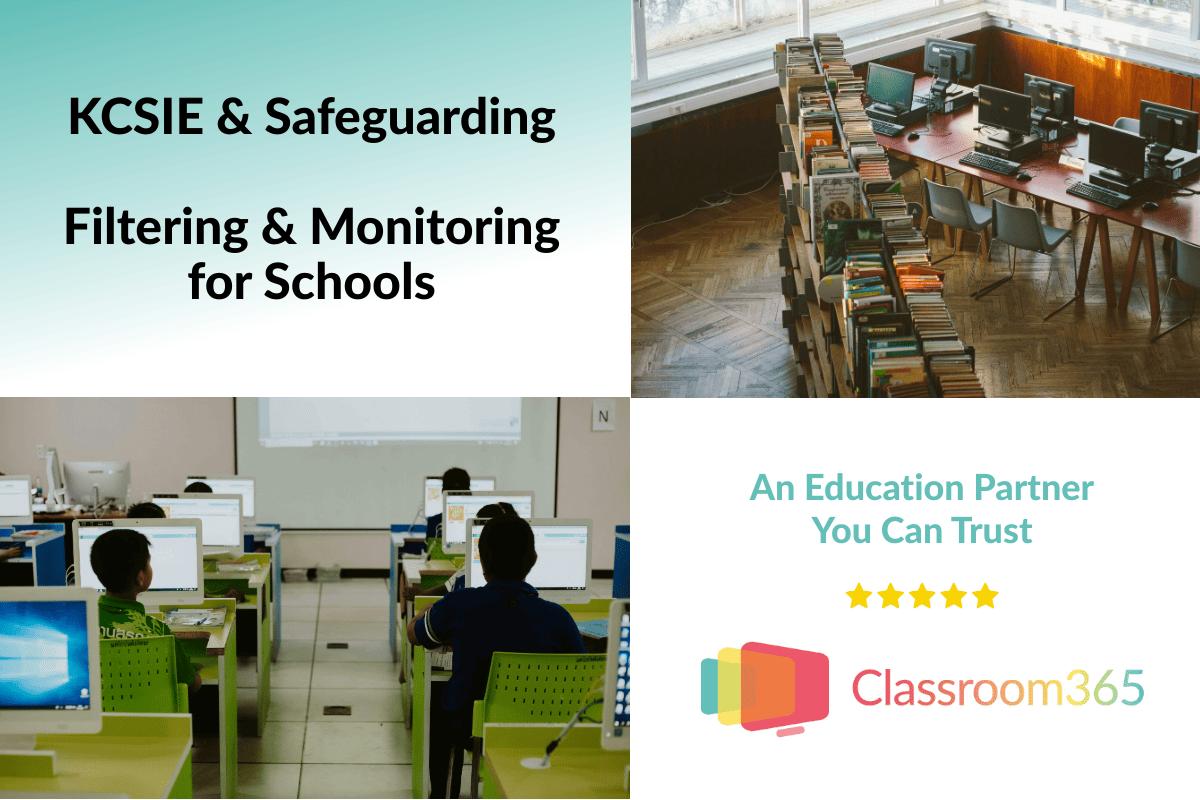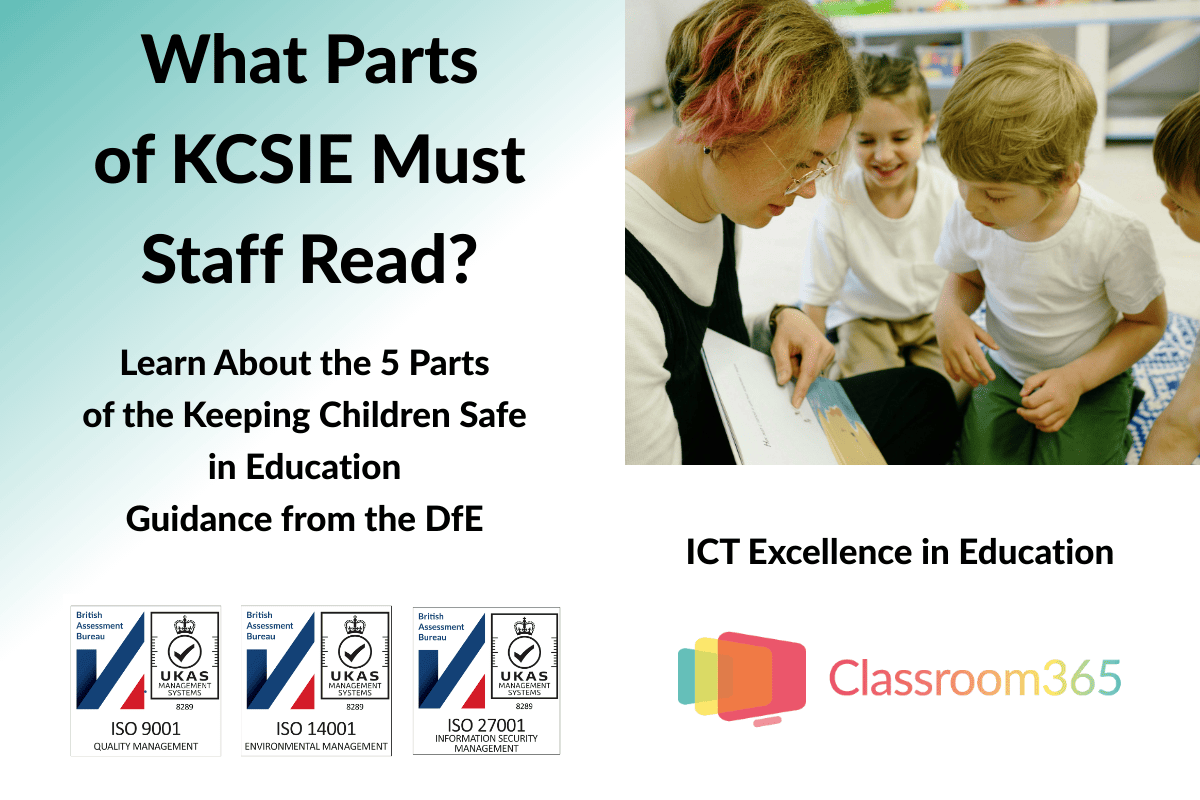How Many Parts to KCSIE 2023 – What Must be Read by School Staff
KCSIE is short for Keeping Children Safe in Education. It’s a statutory guidance issued by the Department for Education (DfE) under Section 175 of the Education Act 2002. KCSIE is divided into five parts:
- Part 1: Safeguarding Information for All Staff.
- Part 2: The Management of Safeguarding.
- Part 3: More Details on Safer Recruitment Measures.
- Part 4: Handling Allegations Against Staff.
- Part 5: Child-on-Child Sexual Violence and Sexual Harassment.
KCSIE applies to all schools and colleges in the United Kingdom. It was first introduced in 2014 and has since undergone several changes, the most recent being in 2023.
Keeping Children Safe in Education Summary
Despite the best efforts, students aren’t immune to incidents of harm, bullying, sexual abuse, and other forms of exploitation.
According to recent data, approximately 22% of children experience bullying at some point during their school years.
Even more shocking is that 7.5% to 11.7% of children experience some form of sexual abuse or harassment before reaching adulthood, with a significant portion of these incidents happening to young girls.
To protect children from harm in schools and colleges, the UK implemented a statutory guidance called KCSIE.
The DfE’s KCSIE guidance, or Keeping Children Safe in Education, is a document discussing how to identify potential harm, prevent abuse, and prioritise the welfare of students.
The following summarises the 5 parts of keeping children safe in education (KCSIE) to give you a better understanding of how to protect and support children in instances of abuse or exploitation, whether at school or home.
Summary of KCSIE Parts 1 to 5
Here’s a comprehensive summary of parts 1 to 5 of the KCSIE guidelines:
Part 1: Safeguarding Information for All Staff
Part 1 of KCSIE emphasises the importance of creating a safe and supportive environment for children and teenagers.
It outlines key information, such as recognising signs of abuse or neglect, understanding the school’s safeguarding policies and procedures, and knowing how to appropriately report concerns. KCSIE Part 1 also lists various types of abuse and child maltreatment, including:
- Physical abuse
- Emotional abuse
- Sexual abuse
- Domestic abuse
- Neglect
- Bullying
- Child Criminal Exploitation (CCE)
- Radicalisation
KCSIE & Safeguarding - Find Out More
Part 2: The Management of Safeguarding
Part 2 talks about what school leaders and governing bodies should do to keep students safe. It outlines specific duties and obligations, including appointing a designated safeguarding lead (DSL), regularly checking for risks, creating clear policies and procedures, and making sure staff receive the proper training and support.
It also stresses the importance of working closely with other organisations to protect students effectively. KCSIE Part 2 summarises key legal principles that schools and colleges need to follow. This includes:
- Human Rights Act.
- Equality Act 2010.
- Public Sector Equality Duty.
- Data Protection Act 2018 and UK GDPR in education.
Part 3: More Details on Safer Recruitment Measures
The third part of KCSIE broadly discusses what educational institutions must do to minimise the risk of employing adults who may pose a risk to children.
It offers guidance on conducting thorough pre-employment checks, including obtaining references and conducting background checks, on all prospective staff and volunteers.
It also provides detailed instructions on the selection process and ongoing safeguarding practices even after staff are recruited.
Part 4: Handling Allegations Against Staff
Part 4 of KCSIE is divided into two sections: concerns/allegations that may meet the harm threshold and concerns/allegations that don’t meet the harm threshold.
The first section of part 4 discusses how to respond to allegations involving suspected abuse or serious misconduct by a staff member.
The protocol for such incidents includes immediate reporting, thorough investigation, coordination with police and/or social services, and disciplinary action (i.e., suspension or termination).
The second section involves situations that don’t directly endanger a child but nonetheless raise questions about the staff member’s conduct or judgment.
Situations that fall under this category include inappropriate behaviour (unprofessional language, excessive displays of affection, etc), allegations of bullying, and personal issues that may impact their ability to effectively work with children (substance abuse, financial problems, etc.). In such instances, the school is tasked to conduct an internal investigation and take precautionary steps to ensure child safety.
Part 5: Child-on-Child Sexual Violence and Sexual Harassment
This part discusses how to prevent, identify, and respond to reports, signs, and concerns of child-on-child sexual violence and harassment, not only on the premises but also outside school and online.
Part 5 of KCSIE explains what constitutes “sexual violence” and the exact definition of consent. It also offers strategies for supporting victims, managing allegations, and working with external agencies to ensure everything is handled correctly.
If you have any questions or need any further information about KCSIE and safeguarding in schools, please contact us. Click here to return to our home page.
Summarising KCSIE
KCSIE is a set of guidelines designed to help educational institutions safeguard the welfare of children under the age of 18. Teachers, staff, volunteers, and governors are expected to adhere to its principles and requirements.
Frequently Asked Questions (FAQs)
Who does KCSIE apply to?
KCSIE applies to all schools and colleges in the UK, including academies, state-funded schools, independent schools, and multi-academy trusts.
Do all staff members need to read KCSIE?
Yes. According to gov.uk, staff in educational institutions who work with children should read at least part 1 of KCSIE. Part 1 provides an overall summary of safeguarding principles and procedures to ensure the welfare and protection of children.
How often is KCSIE updated?
KCSIE gets updated as often as necessary. The UK government revises the guidance based on several factors, including the implementation of new laws, governmental changes, and the latest research findings and trends related to the safety of children.
KCSIE was last updated in 2023, and includes:
- Clarifications around the roles and responsibilities of staff regarding filtering and monitoring.
- Being absent or missing from education is now considered a warning sign of sexual abuse or child criminal exploitation.
- Additional information on online pre-recruitment checks.
- Information on reposting allegations regarding organisations/individuals using school premises.
Who is the Keeping Children Safe in Education guidance for?
The KCSIE statutory guidance should be “read and followed” by:
- The governing body of maintained schools, including nursery schools.
- Senior leadership teams (head teachers, school business managers, deputy head teachers, etc).
- Management of pupil referral units (PRUs).
- Board of trustees or proprietors of independent schools.
Mark Friend, BSc (Hons), is a Company Director at Classroom365 and has worked in technology for nearly 30 years. His IT career started with Rothschild Bank in Sydney, Australia, before working as a Global VPN Project Manager for the British Council. Mark has 20 years of experience in the UK education sector, helping schools integrate the latest tech into their curriculum and ICT vision.





